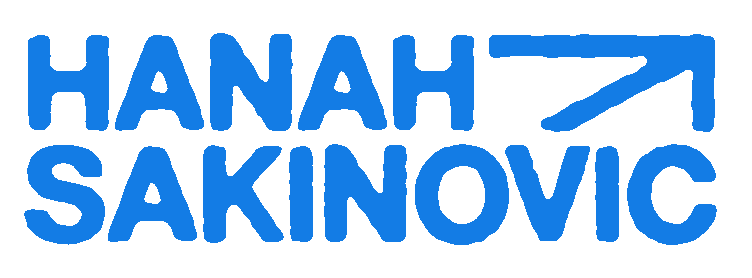With this campaign, Rethread is trying to sustain the fashion industry, and there is a dark sector of the industry that is causing a major environmental issue: fast fashion. In the pursuit of trendy, low-cost clothing, we often overlook the overwhelming environmental and social costs associated with our fashion choices. From exploitative labor practices to excessive waste, the fast fashion industry has left an indelible mark on our planet and the lives of millions. However, in the face of this challenge, there lies an opportunity for change.
Rethread's 3-step solution to address this problem and push for a solution is this: push conscious consumerism, spread awareness of fast fashion, and bring to light more accessible, more eco-friendly clothing disposal options in a world where big corporations like GoodWill can be a little misleading with how and where the world's stuff is actually ending up.
To achieve these goals, Rethread created a campaign website, social media, and sustainable merch like pins to spread the word: "Rethink our Threads."
Myself, along with two other designers, created this social campaign. We used Figma, Photoshop and Illustrator for the majority of our design process.
Social Media
A social campaign without a social media is like spaghetti without sauce. Rethread started an Instagram to help their cause, and their content was full of factual information in easily digestible layout and captions. Here, Rethread promoted conscious shopping habits, had posts to de-influence the common consumer, and told hard truths.
Sustainable Merch
Rethread designed and gave out sustainable merchandise made out of recycled, or recyclable materials, like recycled canvas and aluminum. Their goal was to spread the word: "Rethink your threads," while also making the experience of developing sustainable habits rewarding.
Eco-Friendly Fashion Show
To further help their cause, Rethread partnered with another sustainable fashion social campaign to host an eco-friendly fashion show where all the outfits showcases were created with secondhand clothes or with upcycled used clothing and fabric.
The main idea behind the fashion show that both campaigns wanted the audience to take away was the fact that there is truly no need to go through Shein, or Temu, or any of those cheap sites, or even expensive brands like Gucci, to build your wardrobe. People should be conscious of what they are partaking in through these companies, and what affects not just the planet, but the laborers who are forced to make them. In the end, all trends fade, and it’s important to develop their own style with the clothes that already exist on this planet around them, whether that is thrifted, or secondhand, or donated.
On the right is the poster that was designed to promote the fashion show, created in Adobe Photoshop.


